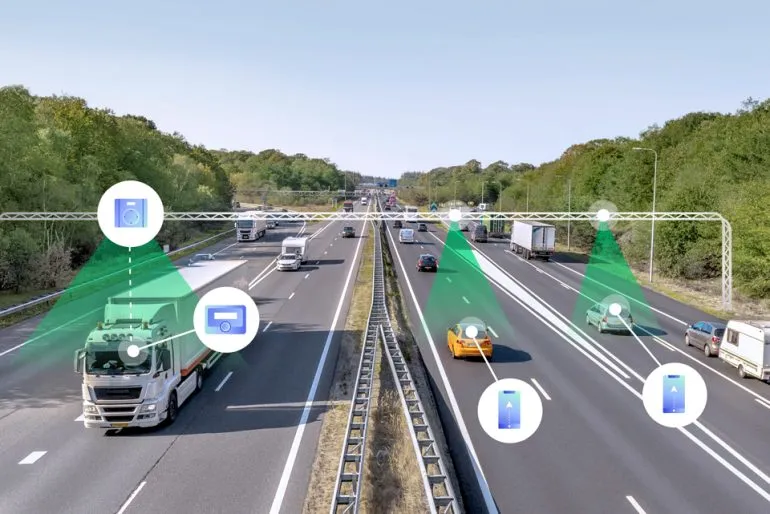Font size:
Print
The Era of Plastic-Degrading Bacteria
Context:
Plastic pollution remains a critical environmental challenge, with 8.3 billion tonnes produced globally over 65 years, of which less than 10% is recycled and 4.9 billion tonnes persist in the environment. Scientists are pioneering biological methods to address this crisis.
More on News:
- Many biologists have begun exploring ways to degrade plastic, developing bacteria or enzymes that can break down plastic waste.
- Driven by a desire to create a sustainable solution, several scientists have even turned into entrepreneurs, founding companies to help scale these innovative approaches.
- However, the path to solving the plastic pollution problem is long and difficult. Scientists are still in the early stages of discovering methods that are fast and effective enough for widespread use.
Plastic Pollution Crisis
- Plastics are non-biodegradable, contributing to mounting environmental concerns, particularly in marine ecosystems and with the emergence of microplastics affecting human health.
- Common plastics such as polyethylene (PE), polystyrene (PS), and polyvinyl chloride (PVC) are resistant to degradation due to their hydrophobic nature and lack of hydrolysable functional groups.
- Polyethylene Terephthalate (PET) is a widely used plastic, but it has a susceptibility to degradation because of its hydrolysable ester bonds.
Natural Enzymes and Their Limitations
- Polyethylene terephthalate (PET), a common polyester in plastics, can be broken down by natural enzymes.
- In 2016, Kohei Oda’s team at Kyoto Institute of Technology discovered Ideonella sakaiensis, a bacterium that degrades PET using two enzymes, PETase and MHETase.
- PETase breaks down PET into MHET, which is further broken down by MHETase to yield terephthalate (TPA) and ethylene glycol (EG), both of which can be metabolised by other bacteria.
- However, most natural enzymes take months or years to degrade plastic, making them impractical for industrial use.
Engineering Faster Enzymes
- Kavyashree Manjunath (Apratima Biosolutions): Incubated at CCAMP Bengaluru, to develop a faster PET-degrading enzyme.
- Their enzyme can degrade 90% of PET waste in 17 hours, breaking it into reusable terephthalic acid and ethylene glycol.
- The team is working on making the process even faster and cost-effective.
- Their goal is to collaborate with the PET recycling industry for large-scale adoption.
Microbes for Multi-Plastic Degradation
- Breaking Inc. (Sukanya Punthambaker & Vaskar Gnyawali): Discovered bacterium X-32, which degrades PET, polyolefins, and polyamides (nylon) but requires 22 months to fully break them into CO₂, water, and biomass.
- Research focuses on isolating and enhancing the efficiency of enzymes involved.
- Nathan Crook (North Carolina State University): Engineered Vibrio natriegens bacteria to surface-express PET-degrading enzymes. Leverages bacterial evolution to improve degradation rates, calling enzymes the “rate-limiting step”.
Bacterial Spore Integration
- Jon Pokorski (UC San Diego): Incorporated heat-resistant Bacillus subtilis spores into thermoplastic polyurethane (TPU).
-
- Degrades 90% of TPU in 5 months under compost conditions while enhancing material strength.
- Advantages include scalability and reduced plastic use due to improved mechanical properties.
Major Advances in Enzyme Technology
- Greg Beckham (National Renewable Energy Laboratory, US) developed an enzyme that degrades crystalline PET.
- Carbios, a French company, engineered a heat-stable PET-degrading enzyme that degrades 90% of PET waste in 10 hours. Carbios aims to establish a large-scale PET recycling plant but faces funding delays.
Challenges and Future Directions
- Speed vs. Versatility: Enzymes act faster but target specific plastics, while microbes handle diverse plastics slower.
- Scalability: Industrial adoption requires cost-effective production, high waste-loading capacity, and regulatory approval for bacterial use.
- Material Specificity: Most solutions focus on PET, leaving polyolefins and mixed plastics underrepresented.




